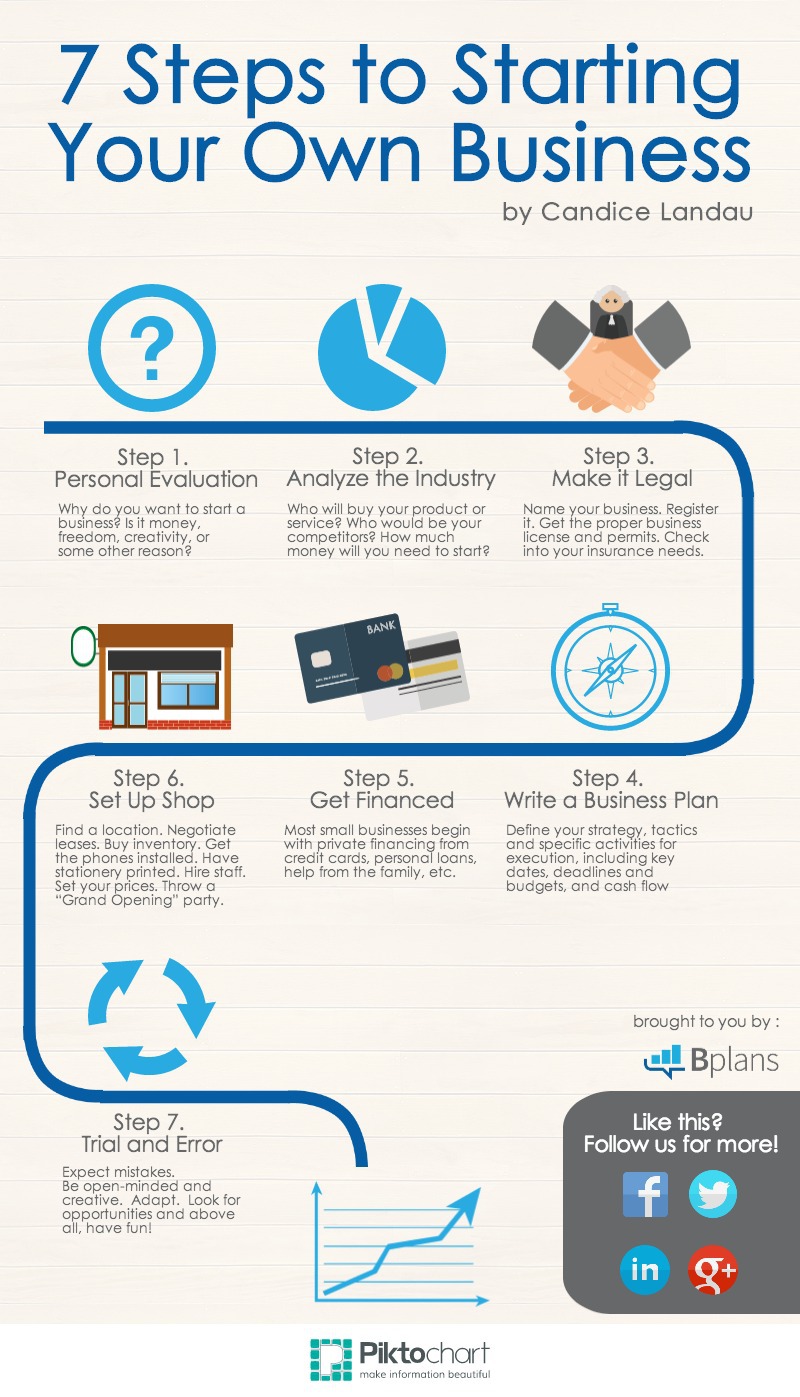

Once you have a solid plan for your product or service, protect your intellectual property with a copyright or trademark. Work with a partner who can take your initial idea, work on a design and get it manufactured for distribution through a partner or online store. Develop your product.ĭoes your business idea revolve around a new product? Some entrepreneurs need help getting their concept made into a physical prototype. Find and hire an outside accountant or buy an accounting tool to help you stay organized as you grow your business. Organize your expenses and income into three categories: business income, inventory costs and other expenses (like payroll, rent and other overhead). Organize your accounting.Īnticipate tax time and set up your accounting system to make April that much less stressful. Open a separate bank account for your new entity to keep your cash flow organized and trackable for when it comes time to do your taxes. Open a business bank account.Įven when you start a sole proprietorship, it’s critical to keep your business and personal finances separate. Check this list from the SBA to find out what, if any, you need to procure. Depending on where you operate and your industry, you may need several permits and licenses. Some businesses, like restaurants and cafes, need specific licenses to operate. Consult an expert from the start to avoid any tax complications down the road. No matter which business structure you choose, if it’s more complicated than a sole proprietorship, you will need a lawyer to help set it up correctly. Sole proprietorship, limited liability company (LLC) or nonprofit: The way you structure your business entity has tax and liability implications. Use your business plan to decide what option is right for you. Many entrepreneurs also bootstrap their venture using their personal finances or ask their friends and family for initial capital. There are many sources of funding for new businesses. A great sales pitch will explain what you do or sell, to whom and why in two to three sentences. When you’re just starting out, you must craft an elevator pitch that articulates what sets you apart and why investors and customers should care. Hone in on what makes your business different from everyone else’s. The goal of your business plan, according to the Small Business Administration, is to: Build a business plan.Ī business plan is necessary for when you apply for funding, as well as to guide your operations.


Find out if there’s a solid customer base who will want what you have to offer. Perform competitive analysis to make sure your product or service doesn’t already exist. Test your concept.īefore you dive in, test your business idea to make sure it’s based on a valid market need.
#Business todo how to
Here’s how to do everything from validating your concept to opening for business. If you have a great idea, but you’re not sure where how to get it off the ground, start with this 20-point checklist. Many believe the world’s economic future is bright: Positive post-pandemic momentum is building, making now a great time to consider taking your latest business idea seriously. Rawpixel/Getty ImagesĪs the world reopens, there are plenty of opportunities to launch a new business venture. From writing a business plan to setting up a website, a new business venture can move from concept to opening with a to-do list.


 0 kommentar(er)
0 kommentar(er)
